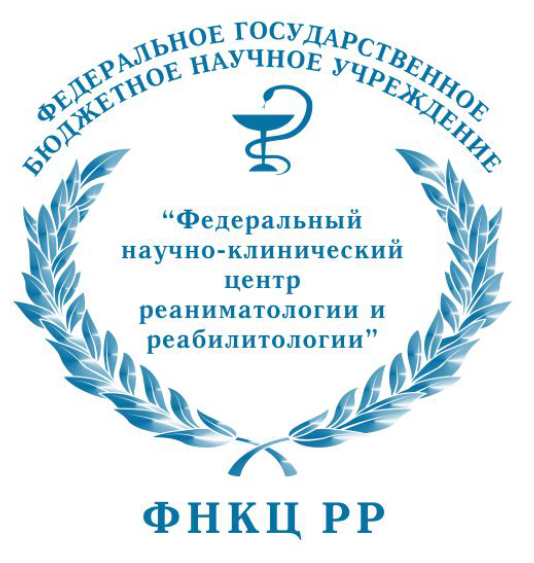
|
ИСТИНА |
Войти в систему Регистрация |
ФНКЦ РР |
||
Laser Technologies for Complex Studies of Blood Characteristics as Bio-Optical Markers of Diseases доклад на конференции
- Авторы: Priezzhev A.V., Lugovtsov A.E., Nikitin S.Yu, Lee K., Gurfinkel Yu I., Tikhonova T., Shirshin E., Koshelev V.B., Fadyukova O.E., Semenov A.
- Международная Конференция : Advanced Laser Technologies (ALT'16)
- Даты проведения конференции: 12-16 сентября 2016
- Дата доклада: 15 сентября 2016
- Тип доклада: Приглашенный
- Докладчик: не указан
- Место проведения: Galway, Ирландия
-
Аннотация доклада:
Search and identification of biomarkers of socially important diseases is one of hot problems of contemporary science. Fast development of laser-optic and biophotonic technologies, in particular, new optical measurement techniques on cellular and molecular levels, recently obtained understanding of tissue optics and fundamental aspects of laser-tissue interactions, allow for introducing new bio-optical markers, as optically measured characteristics of biological structures constituting human organism, which measurable alterations from normal values designate an advent of disease. This paper focuses at the characteristics of blood that can be measured in-vitro and/or in-vivo by laser-optic techniques, and which alterations can be considered as an indication of disease. The techniques to be discussed are: laser diffractometry of erythrocytes, laser scattering aggregometry of erythrocytes, digital optical capillaroscopy and measurement of the microcirculation parameters, erythrocytes trapping and manipulation with laser tweezers, fluorescence spectroscopy of blood plasma, etc. Experimental protocols and results of measurements performed in-vitro with the samples of whole human and rat blood and blood components will be outlined. Blood for the experiments in-vitro was drawn from clinically healthy human volunteers (control) and from patients suffering from diabetes mellitus, hypertension and other diseases. In-vivo measurements of the microcirculation parameters were conducted with control human subjects and patients suffering hypertension. For the in-vitro experiments with rat blood, the samples were drawn from healthy (control) and sham operated animals, those with experimentally induced diabetes mellitus and/or hypertension. Samples of human and rat blood plasma separated from blood cells were used to study the aggregation of plasma proteins that leads to the loss of their functional properties and is one of the causes of such socially important diseases as the Parkinson and Alzheimer diseases. Fluorescence spectroscopy allows also for identifying other alterations at the molecular level in blood plasma caused by proteins conformational changes that may induce pathological changes at the cellular level and so on up to the level of the whole organism. The obtained results allow us to conclude that the overviewed laser-optic techniques comprise a powerful tool for efficiently identifying and assessing a set of clinically informative bio-optical markers of diseases.
- Добавил в систему: Приезжев Александр Васильевич